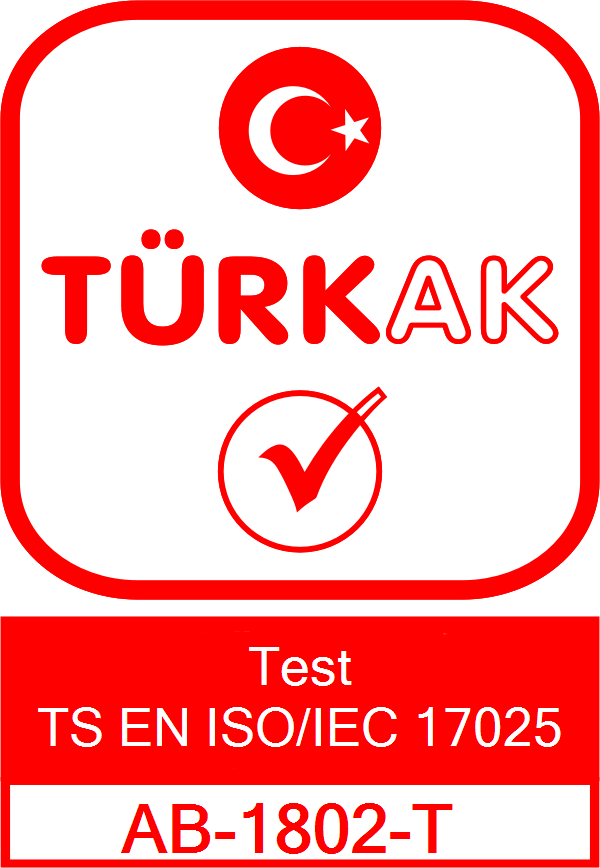
Label and Ingredient Compliance Testing in Cleaning Products: CE and SEA Regulatory Process
Label and Ingredient Compliance Testing in Cleaning Products: CE and SEA Regulatory Process
Contents
In the production and distribution of cleaning products, performance is not the only priority—compliance with health, safety, and environmental regulations is equally critical. For manufacturers targeting the European market, compliance with the CE marking and SEA (Classification, Labeling and Packaging) Regulation is not optional, but a legal obligation. Proper labeling and accurate ingredient declarations are essential components of a reliable and responsible supply chain.
Why Is Label Compliance So Important?
Product labels for cleaning agents provide essential information such as ingredients, intended use, hazard symbols, and safety precautions. Inaccurate or incomplete labeling not only misleads the consumer but may also expose companies to serious legal liabilities. Both CE and SEA regulations require clear, legible, and standardized labels that include hazard classifications and appropriate symbols in the official language of the market.
The Role of Ingredient Compliance Testing
To verify that a product label accurately reflects the formulation, laboratory testing must be conducted. Under the SEA Regulation, all substances within a cleaning product must be classified based on toxicological, physical, and environmental criteria. This classification then determines the appropriate H (hazard) and P (precautionary) statements and labeling requirements.
Key Parameters Assessed in Compliance Testing:
- Active ingredient concentration and composition accuracy
- Hazard classifications (e.g., corrosive, environmentally hazardous)
- Consistency between actual formulation and label claims
- Correct use of standardized warning symbols and statements
How Does the CE and SEA Compliance Process Work?
The CE mark confirms that a product meets EU directives, while the SEA Regulation focuses specifically on chemical classification and packaging. The overall compliance process typically includes the following steps:
- Comprehensive chemical analysis of the product
- Hazard evaluation and classification of ingredients
- Preparation of the Safety Data Sheet (SDS)
- Label design in accordance with regulatory requirements
- Compilation of the technical file and affixing of the CE mark
Why Is Testing Essential to Reduce Corporate Risk?
Today’s consumers value transparency, compliance, and environmental responsibility. Products lacking validated compliance are at risk of market rejection, regulatory fines, product recalls, and long-term brand damage. Meeting CE and SEA requirements is not only about legality but about maintaining trust and competitiveness in a highly regulated market.
Label and ingredient compliance in cleaning products is more than a regulatory requirement—it reflects a company’s commitment to consumer safety, environmental stewardship, and professional integrity. Scientific testing strengthens this commitment, enabling companies to grow with confidence in both domestic and international markets.

